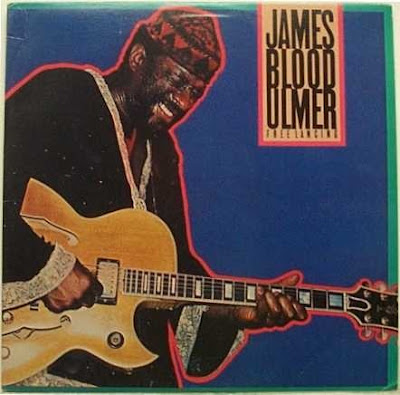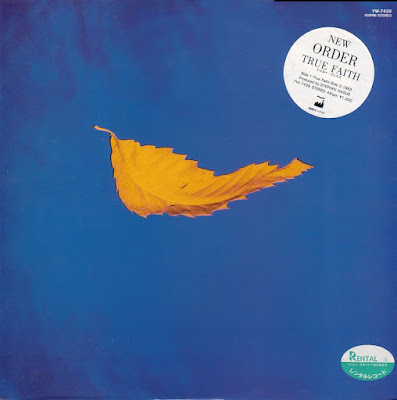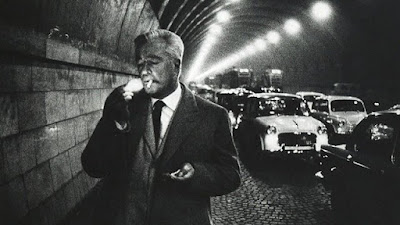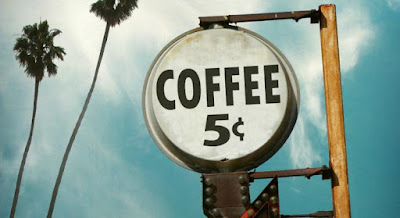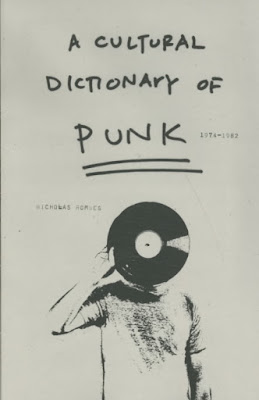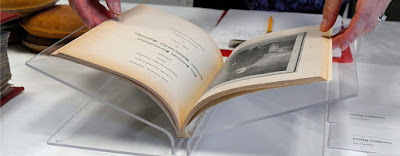 Miami Beach, 2005
Miami Beach, 2005
"Concrete! Ruth and Marvin Sackner share their love of words and images with an intimate tour of their Miami Beach home/museum -- the worlds largest private collection of concrete/visual poetry from such twentieth century art movements as Italian Futurism, Russian and Eastern European Avant Garde, Dada, Surrealism, Bauhaus, De Stijl, Ultra, Tabu-Dada, Lettrisme, and Ultra-Lettrisme. Over sixty-thousand objects from around the word speak volumes about a compulsive and joyful life of collecting art, poetry, and artist books. with art by Guillaume Apollinaire, Allen Ginsberg, Roy Lichtenstein, Matta, Bob Cobbing, Tom Phillips, Katharina Eckhart, Gertrude Stein, Ben Vautier and many, many more... and with music by Terry Riley, Arnold Dreyblatt and more. Ruth and Marvin Sackner founded the Archive in Miami Beach, Florida in 1979. Its initial mission was to establish a collection of books, critical texts, periodicals, ephemera, prints, drawings, collages, paintings, sculptures, objects, manuscripts, and correspondence dealing with precedent and contemporary, internationally produced, concrete and visual poetry. ..."
UbuWeb (Video)
Ruth Sackner R.I.P.
The Sackner Archive of Concrete and Visual Poetry
Encounters with Concrete and Visual Poetry (Video)
The Miami Rail
A Human Document: Selections from the Sackner Archive of Concrete and Visual Poetry
Collecting Art, Without Knowing What Kind of Art You're Collecting








